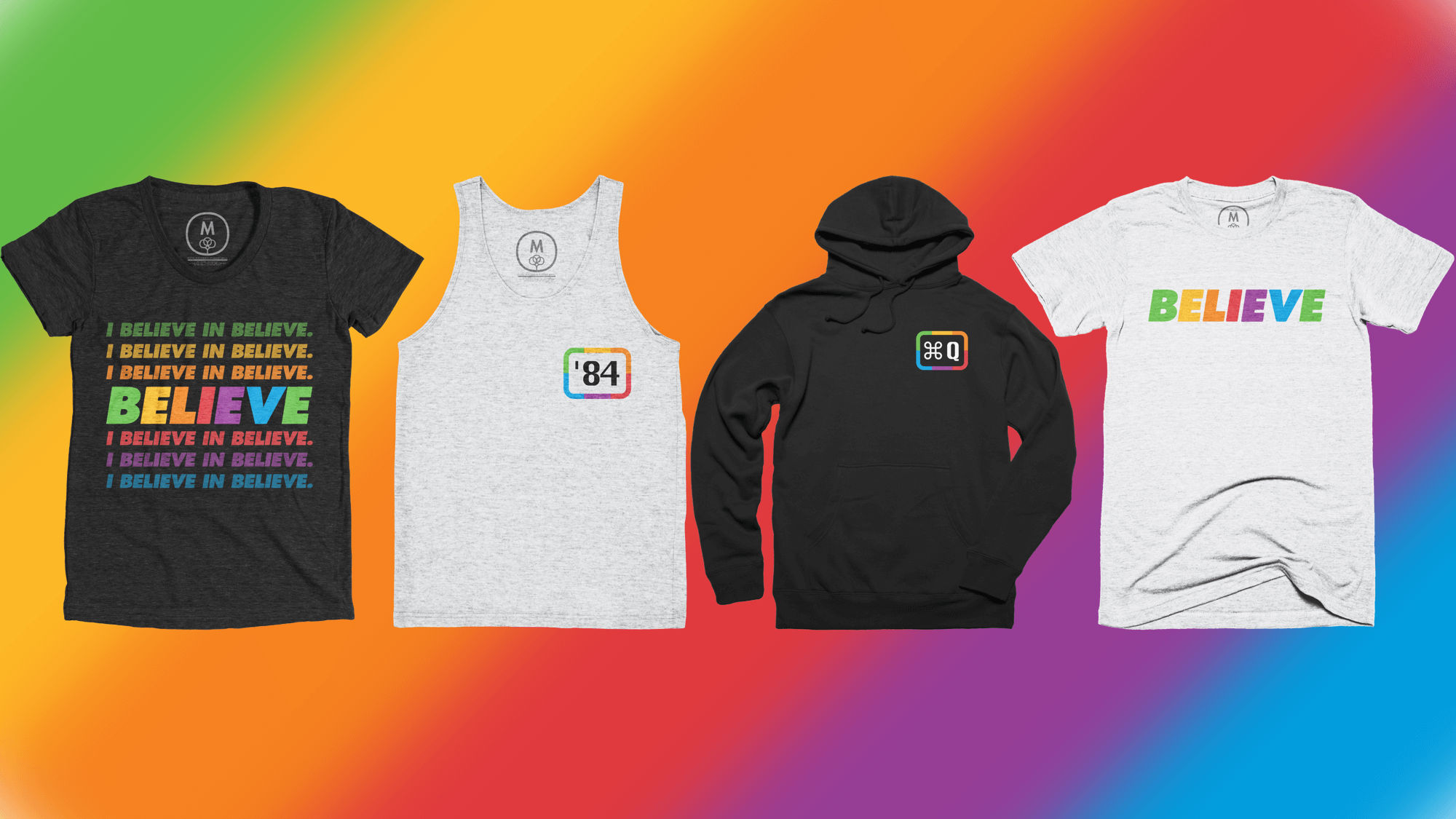A weekly list of things I found interesting, posted on Sundays. Sometimes themed, often not.
1️⃣ MacRumors has a handy tip for turning off annoying alarms on a family member’s phone. [Link - Tim Hardwick // macrumors.com]
2️⃣ It’s hard to imagine algae powering our primary devices, but for the secondary gadgets doing simple things around the home, apparently, it could be a very sustainable power source! [Link - James Vincent // theverge.com]
3️⃣ What a neat idea to have a bunch of animators collaborate on a project where they all get to animate a ball in their own style. I found it to be mesmerizing. [Link - Nathan Boey // vimeo.com]
4️⃣ I’m all in favor of Parker’s idea of expanding the special edition Watch band designs to iPhone cases. Let more of Apple’s customers partake in the fun! [Link - Parker Ortolani // parkerortolani.substack.com]
5️⃣ This is a very cool project that removes a ton of friction from creating a website. It can be done from a paper notebook! Plus it appears to have some impressive customization options. [Link - Ben Stokes // daily.tinyprojects.dev]
6️⃣ Apple’s AR Easter eggs are getting more complex as time moves on. For tomorrow’s event, they’ve created a pack of trading cards that get randomly assigned on each load. [Link - Oliver Haslam // imore.com]
7️⃣ I didn’t expect to see anything official about the new Developer Center at Apple Park until the keynote tomorrow at the earliest. But it looks like tours kicked off today, which would explain why so many media and developers that I follow got out to California early. The space looks awesome, and I’m sure we’ll be seeing more from it this week and in the years to come. [Link - Joe Rossignol // macrumors.com]
Thanks for reading 7 Things! If you enjoyed these links or have something neat to share, please hit me up on Twitter or send me an email!
